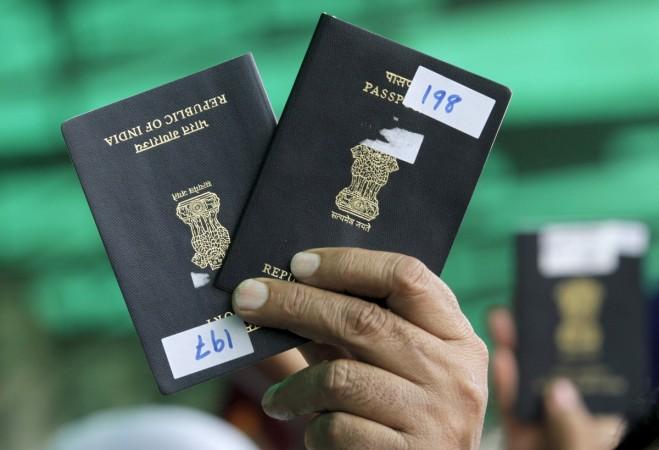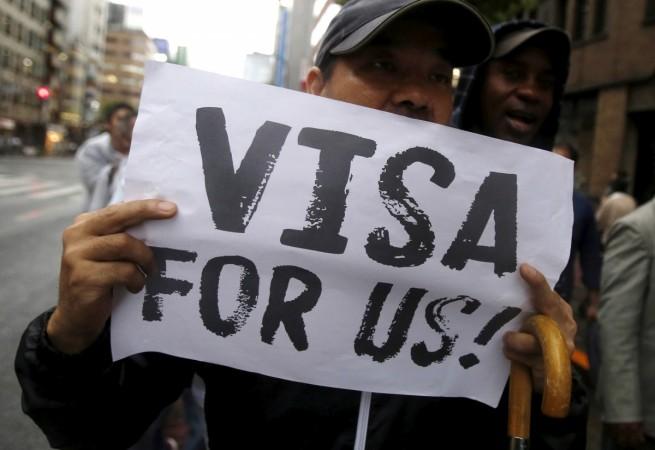
There has been a significant increase in the number of Indians in the United States receiving EB-5 visas in the past two years. The visa, also known as 'cash for green card' visa is for non-US citizens promising to invest in the country and create jobs. After 21 months, the visa holders can apply for permanent residence in the country. However, it is applicable only if they fulfill the conditions the visa comes with.
According to a Times of India report, with only 161 EB-5 visas issued to Indians in 2016 and a massive 585 such visas issued in 2018, there has been a 293 per cent surge in a span of two years. One of the reasons for this increase could be the stricter norms to obtain the more common H1-B visa.
The EB-5 visa requires the holders to invest at least $1 million in the country and create at least 10 jobs. According to the report, in areas with high employment, the visa holders are allowed to invest $500,000. The investment limit differs from one region to another. The holders prefer to invest the money in real estate rather than setting up a company.

"Extension of H-1B visas are also being subject to the same rigorous scrutiny with denial rates on the rise. Also boosting the demand is the fact that work authorisations available to certain category of H-1B spouses will be rescinded. Children of several H-1B workers, especially those who are in the queue for a green card under the employment category, are also ageing out. Post 21 years, they can no longer hold the dependent H-4 visa, but need to migrate to another visa (say student visa) or self-deport to India," Mitchell L Wexler, a partner at Fragomen, a global immigration law firm was quoted as saying by TOI.
The report goes on to state that currently 10,000 EB-5 visas are issued with seven per cent allotted to each country. When the number of visas issued to a country massively increases, it faces a retrogression. China and Vietnam are currently facing this with applicants waiting for at least 14 years for the visa. It is predicted that India too will face retrogression in a matter of months. At the moment, the wait for the visa is only 18 to 30 months. The wait time is expected to increase to a few years. However, it will not be as long as that of China or Vietnam.
The State Department in the US has also released the number of pending applications. As of September 30, 2018, China has the maximum pending applications with the figures standing at 8,180 and India trails far behind with 1,633 applicants.

















